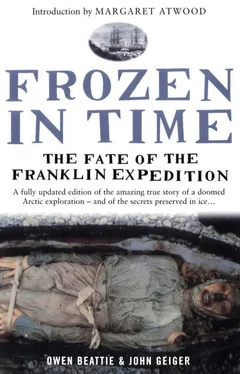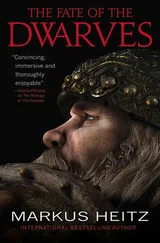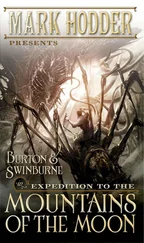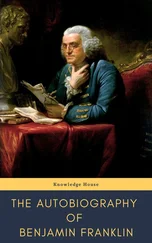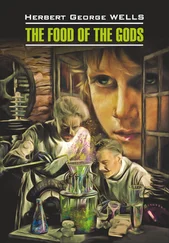Such analysis, however, takes careful planning, and, in the following months, while Kowal prepared to test the human samples, Beattie spent his time studying the ten tin cans collected at Beechey Island.
Again, there was no question that lead contamination from the solder would have been considerable, but, on closer examination, the tins also revealed something unexpected, something Beattie and Damkjar had overlooked while plotting and describing the artefacts on the island. The side seams of some of the tins were incomplete. In fact, it appeared as if the tinsmith who made them had failed to properly seal the end part of the seams. The significance of this missed step in the manufacturing process cannot be overemphasized, as it would have resulted in spoilage of the food contained in the tins. It is, therefore, important to understand the design of the tins supplied to Franklin’s expedition, both for the location of solder and the reason for the flaws.
In 1845, tinned preserved food was still a relatively recent innovation, one that would have an immediate and major impact on maritime exploration. The tin container itself, patented in England in 1811, was immediately embraced by the British for use in its Royal Navy in most parts of the world. It was an invention that presumably would allow expeditions to winter successfully in the Arctic and make an assault on the Northwest Passage seem destined for success.
The first containers were constructed from a tinned wrought-iron sheet bent round a cylindrical form, with the edges allowed to lap over one another. The tinsmith then placed his soldering iron on each formed seam (internal and external), where he floated a bead of solder along most of its length. The seams were left unsoldered at the top and bottom ends.
The top and bottom end pieces were then bent to form a flange. When the ends were placed on the cylinder body, the flange slid over either the outside or the inside of the cylinder, depending on the tin type. (The flange was the reason why the tinsmith did not solder the body lap-seams all the way to the top and bottom: the end pieces could be slipped onto the cylinder body without being blocked by seam solder.) However, when the ends were soldered on, the small gaps between the lap-seam and the flange were not always sealed with a drop of solder. The incomplete seam very likely resulted in the spoilage of some of the expedition’s food supply, which supported the conclusions of some of the leading Franklin searchers.
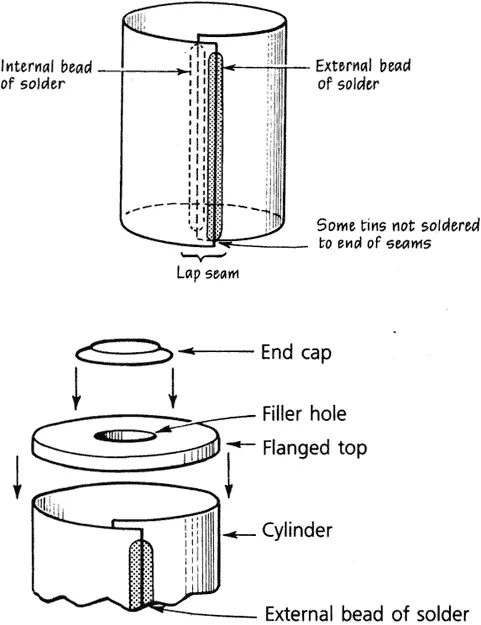
The top end piece of each tin also had a filler hole that varied in size, depending on the size and type of canister. The top end piece was attached first, then heavily soldered on the inside. The bottom end piece was then attached, and it too was soldered internally through the filler hole in the top end piece. Solder was then applied round the outside of the end seams.
Food was pushed through the filler hole and the tin then almost completely immersed in boiling water (sometimes containing calcium chloride to increase the cooking temperature.) When cooking was complete and while the food was still at temperature, the filler hole was covered by a cap, secured with solder. The tins, now completely sealed, formed a partial vacuum upon cooling. The next step was to paint the outside of the tins to protect them against damage and corrosion. (The solder itself was made up of more than 90 per cent lead, with the balance being tin. This high lead level produced a solder that had poor “wetting” characteristics—in other words, it did not flow readily when in a liquid state. This meant it did not migrate easily into the spaces formed between two pieces of metal, as would solder with a higher tin content.)
The contract for the tinned preserved food was given to Stephan Goldner on 1 April 1845. On 5 May, the day Franklin received his sailing instructions, the superintendent of the Victualling Yard at Deptford reported that only one-tenth of the contract had been supplied. This was followed three days later by a promise from Goldner that by 12 May, all the meat would be delivered and the soups by 15 May, though he did ask for and receive permission to pack the soups in tins larger than in the original specification. There is a good chance that in the rush to complete the order, quality control suffered and some food that would later spoil was included among the 8,000 tins supplied to the expedition. If a significant proportion of the food went bad, it would have added a considerable burden to the expedition.
As Beattie continued his research into the problem tins, Roger Amy submitted the tissues collected under sterile conditions for bacteriological assessment. The preliminary results of this research identified tuberculosis in the lung tissue of William Braine, though there had been no success in culturing the organism. However, bacteria collected from the bowel of William Braine (an uncommon form of the genus Clostridium, associated with the human bowel) was cultured. Remarkably, bacteria dating to 1846, and once part of William Braine, is still alive today.
Then, in early 1987, Walt Kowal and experts at the Alberta Workers’ Health and Compensation laboratory in Edmonton began to test hair samples collected from Torrington in 1984 and Hartnell and Braine in 1986. Again, the method of testing involved the combustion at high temperatures of solutions made from samples of the hair. (The resulting emissions are characteristic of a particular element, such as lead, and can be identified and quantified.) The first tests were run on hair collected from the crown and nape areas of Torrington’s head. They revealed levels ranging from 413 to 657 parts per million (ppm), very similar to the extremely high levels previously identified in hair samples taken from Torrington.
It wasn’t until April that Kowal called Beattie with results of the first tests on Hartnell and Braine: “Not a thing, didn’t find a thing. There’s nothing in the other two,” Kowal said.
Beattie was quiet for a moment, then said: “Well, now it gets more complicated.” His mind was already at work trying to figure out this new twist. But Kowal, now laughing, quickly added: “Wait a minute, I was pulling your leg. The levels are high, there’s no denying it.”
Hair from Hartnell had yielded lead levels ranging from 138 to 313 ppm, while hair from Braine was very similar at 145 to 280 ppm. Although not as high as the lead levels measured in Torrington, the results exceeded the contemporary hair standard by well over twenty times. Subsequent testing would eliminate the possibility of external twentieth-century contamination, and further tests on bone and tissue from Torrington, Hartnell and Braine underscored the accuracy of the hair results.
Furthermore, the fact that the information on lead exposure came from hair meant that the contamination occurred during Franklin’s voyage—not from industrial pollution in the British environment of the day. Possible sources of lead exposure on the expedition were numerous, including tea wrapped in lead foil, pewterware and lead-glazed pottery vessels. But it was the reliance of Franklin’s expedition on tinned food that was the root cause. It has since been calculated that each sailor would have been allotted about ½ pound (.25 kg) of tinned food every second day, resulting in regular and considerable ingestion of lead. And while there can be no exact explanation of the differences in the level of lead between Torrington on the one hand and Hartnell and Braine on the other, it is quite likely related to differences in the food consumed by the three men and their jobs aboard ship. For example, Torrington, as leading stoker, may have picked up added contamination from lead in coal dust.
Читать дальше
